The Nayika Tradition
Revisiting the eight characters of a heroine
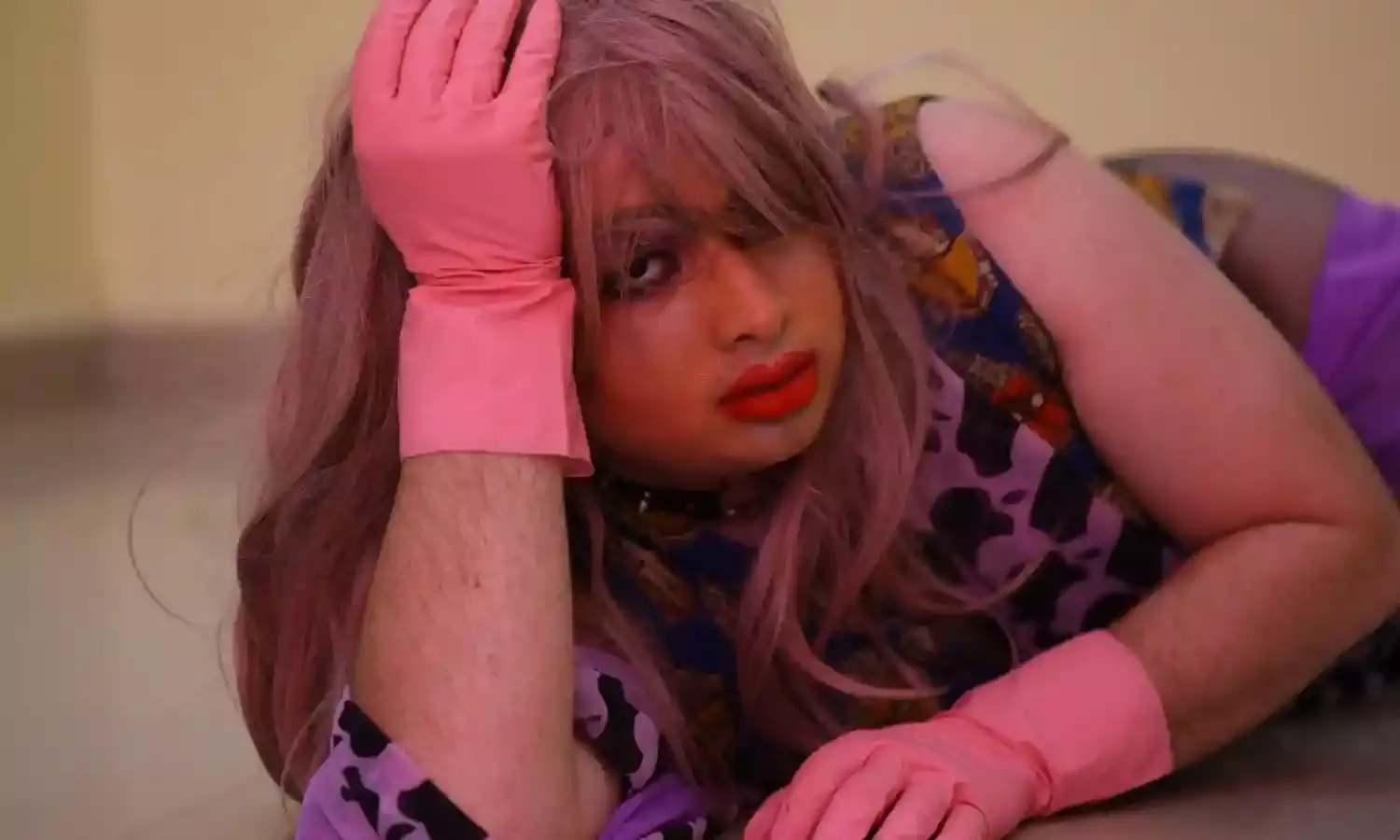
This was a high summer morning, just by then the cuisine and tourist places in the city were opening to the common public in Hyderabad. It was a time when I had the change to visit my hometown Ranasthalam, a village in the sub-urbs of Andrapradesh near the city Vishakhapatnam.
My stay at this place was for not more than 3 days, however I did get a chance to revisit the famous Ramatirthalu temple, where much elevated sculptors were carved on the temple’s high towers.
There were multiple themes of women carved in these stone towers, starting from the startling Apsaras, to the iconic devis and gana-stris and an indent tale of Krishna rasaleela in the welcome gate.
As I was going through these art sculptors, I came across a very tied concept of women and their emotions. A blend of Navarasas seen through the eyes of women. The concept of Asthanaika. Something I learned as part of my initial Bharatanatyam training.
While going through further with Geeta Govinda translations on which those sculptures were based, I came across the much-known concept of Asthanaika which is mentioned in the Natya Shastra. A concept where there were multiple dance pieces, performances, padams performed and spoken about time and again in multiple contexts.
The idea of Asthanaika is something only associated to women. For men in Natyashastra there are only four mood-boards and all of it has one thing is common, being brave. The classification of Heroic was Dhirodhata - brave and haughty, Dhiralalita - brave and sportive, Dhirodata - brave and magnanimous, bhiraprashaanta - Brave and calm.
This classification made me wonder, why aren’t men shown as weeping, vulnerable, non-commanding in each romantic portal? Which also brings up to the face that the Asthanayika itself showed women as week, seeking, deprived and veining for men.
The context of gender was seen so patriarchal and unilaterally that it played the Binary game of Heteronomy. That was something which pushed me to seek an artistic take.
The majority of these Asthanayikas are old and conservative women imageries and not something relatable to this age diverse gender spectrum. We moved out of seeing gender as a conventional binary and my constant vision to rebuild the narratives of asthanaika with a gender non confirming imagery paved the way to a photo performance project.
I called this project “AsthaNowYika”, the nowadays imagery of heroines who is more gender variant and self-powered femineity. Upon creating this concept I connected with Santosh Gangala, a friend and well-known photographer who helped me bring this concept to life as a photo performance project.
I wanted to bring up an imagery of non-confirming, self-centered form of imagery with the framework of defined terminologies. I saw the idea of Asthanaika as an aspect of a same story changing its narratives with the changing outcome.
I wanted to interline the Idea of opening on the aspect of Kink and Self exploration. Hence used a purple apple print saree with visible stocking pants to make the look. I used objects like a hand fan. Purple was my color to signify the non-conformity and I recreated the 8 different types of imageries of Asthanaika with a new narrative as listed below.
Abhisarika
Abhisarika (“one who moves”) is that femininity, who sets aside their so-called social modesty and makes the move of their home to secretly meet their lover. They do not have any problem in being the action taker, they are at the door of their house and on their way to the tryst, defying all kinds of difficulties like the traffic, sunlight and pollution of the city. They are prepared to leave the house and go on for a date. Their uber is ready and they doesn’t care about who makes the first move. They are empowered to walk the agile and they is a free bird looking to explore their ultimate potential.
Kalahantarita
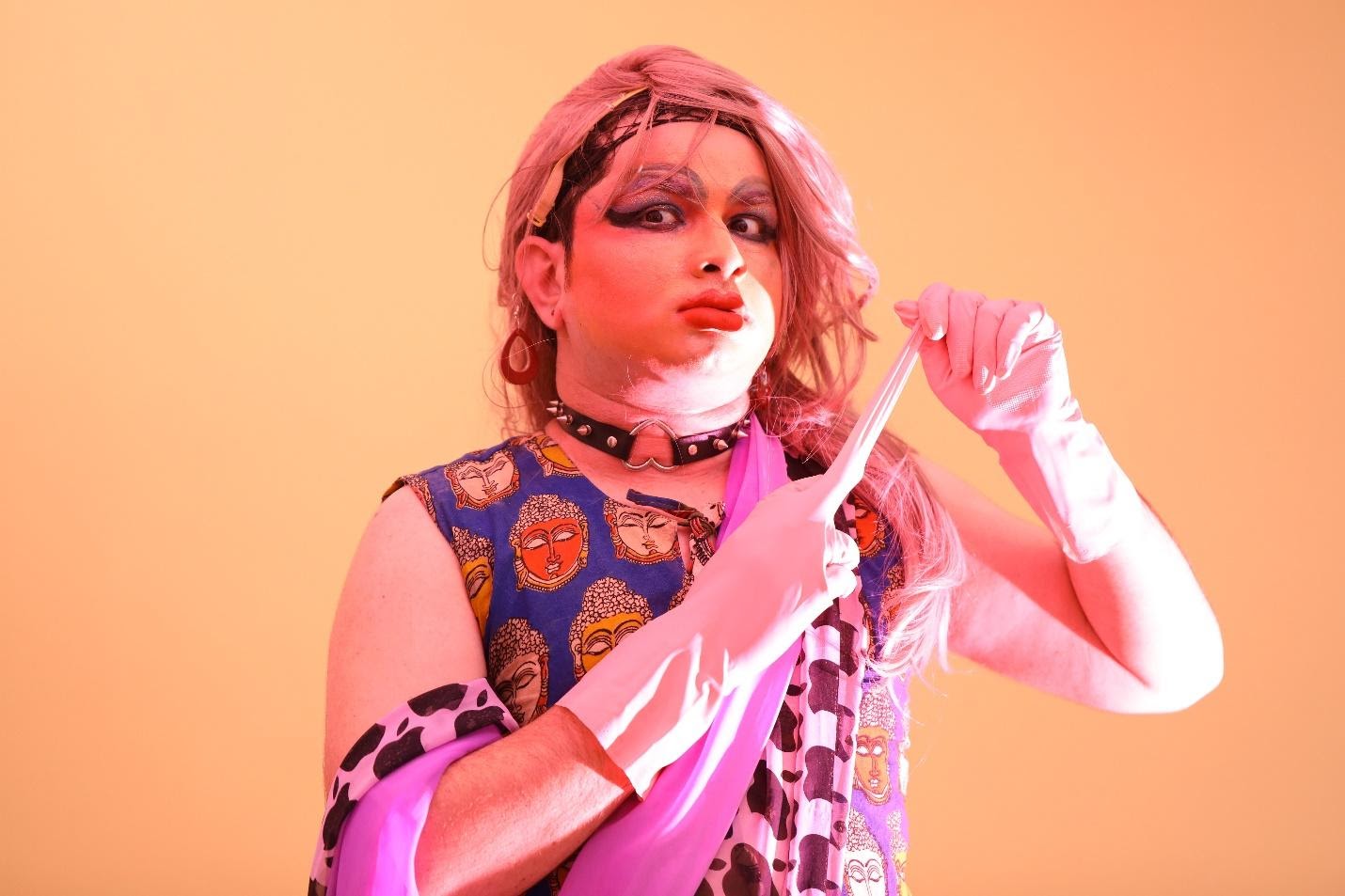
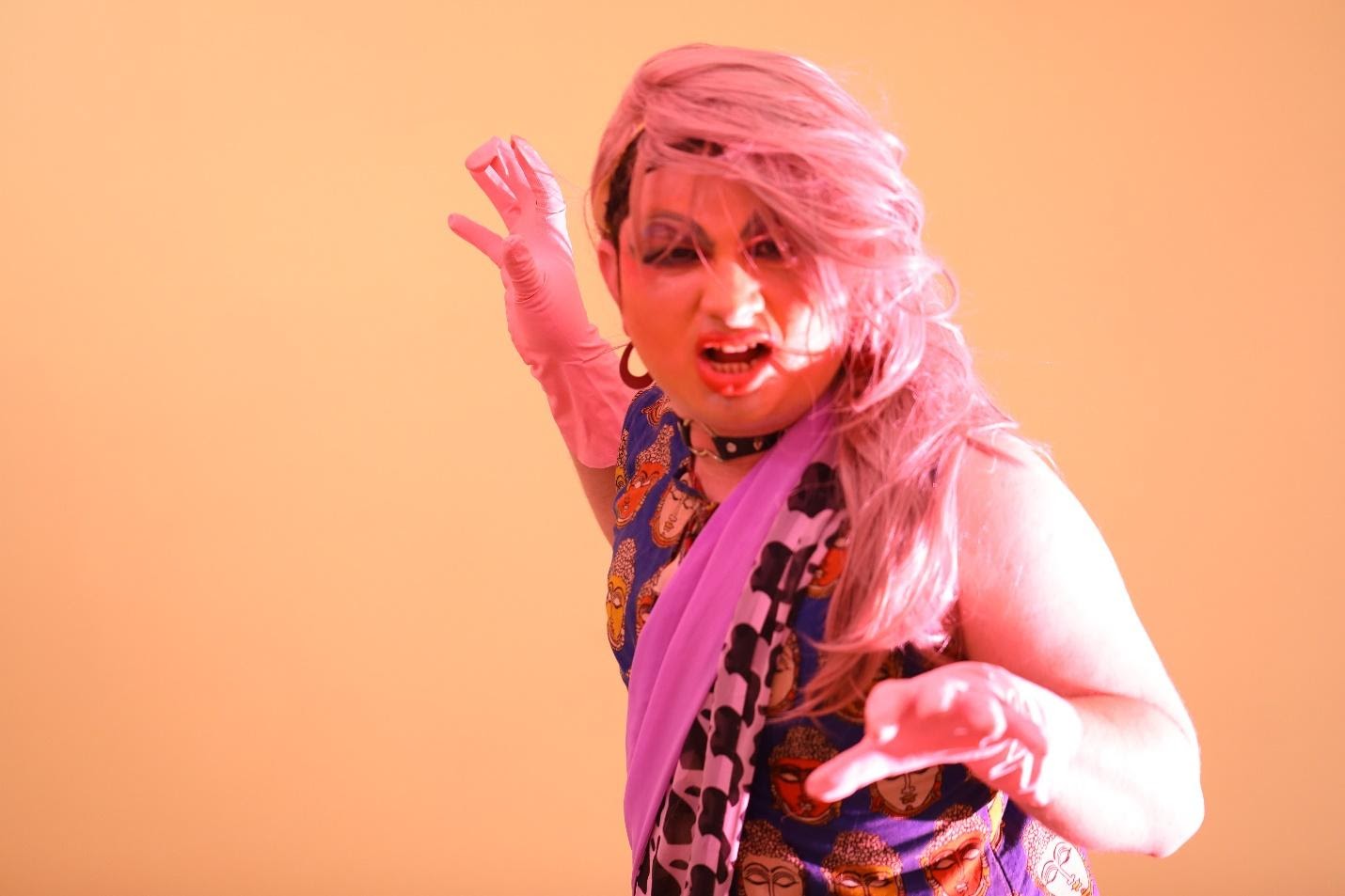
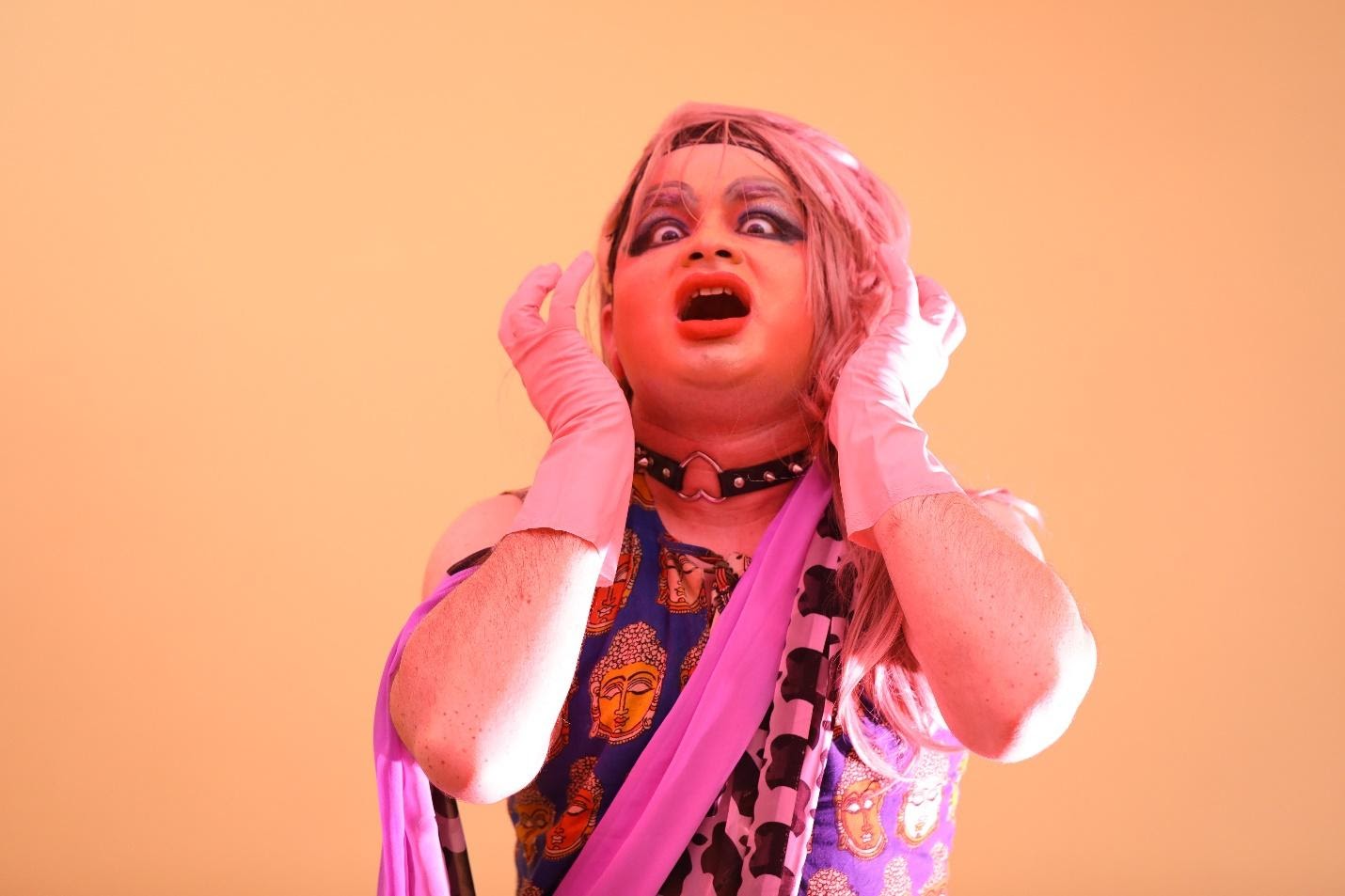
Kalahantarita (“one separated by quarrel”) is a femininity separated from their lover due to a fight or jealousy or their own arrogance. Their lover is usually depicted leaving their apartment disheartened, while they too becomes heartsick and repentant without him. They go on venting their frustration about their situation. They are empowered enough to support their self and don’t care about the patriarchal abnodation insisted on them. They are enraged and streams up their voice loud and proud.
Khandita
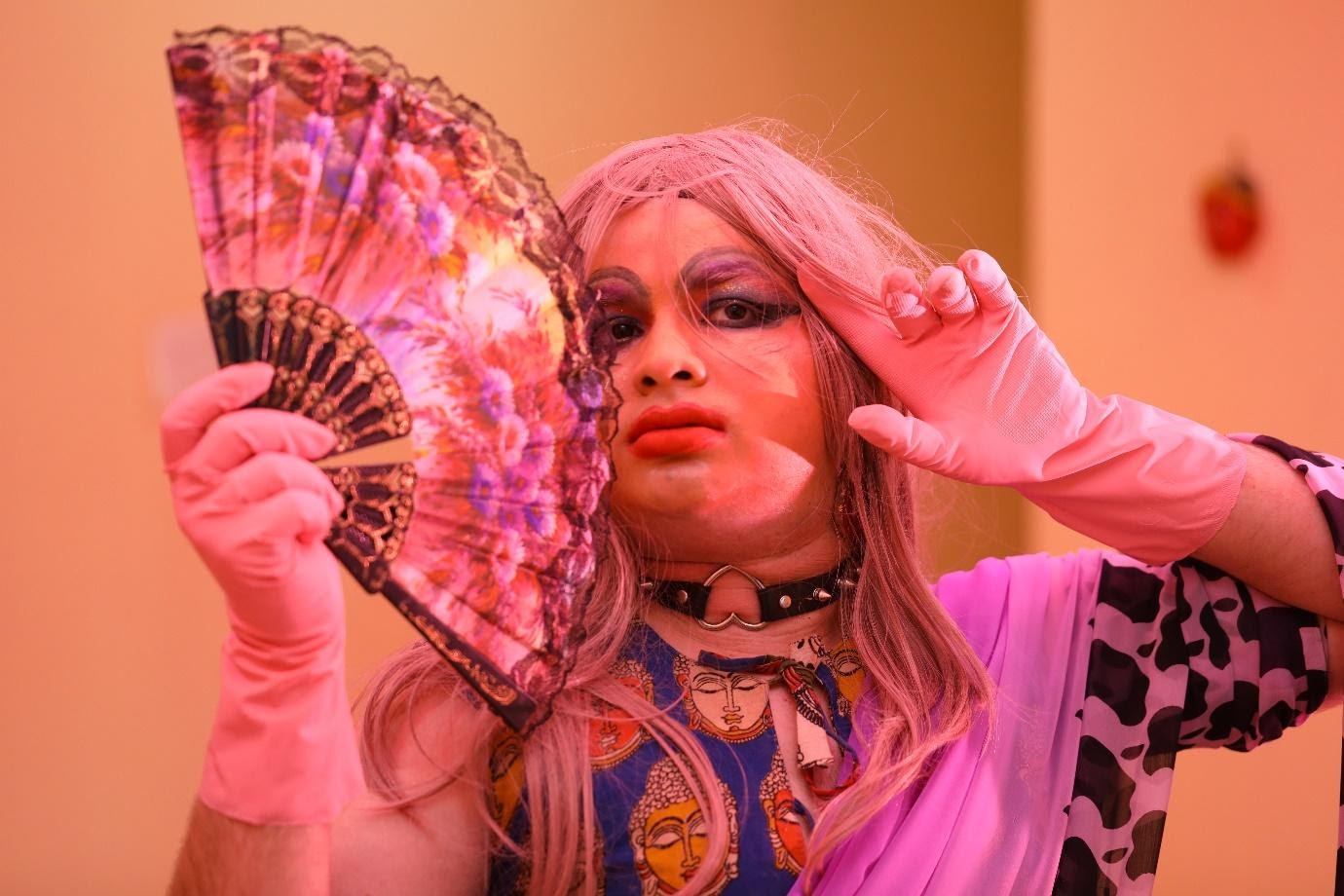
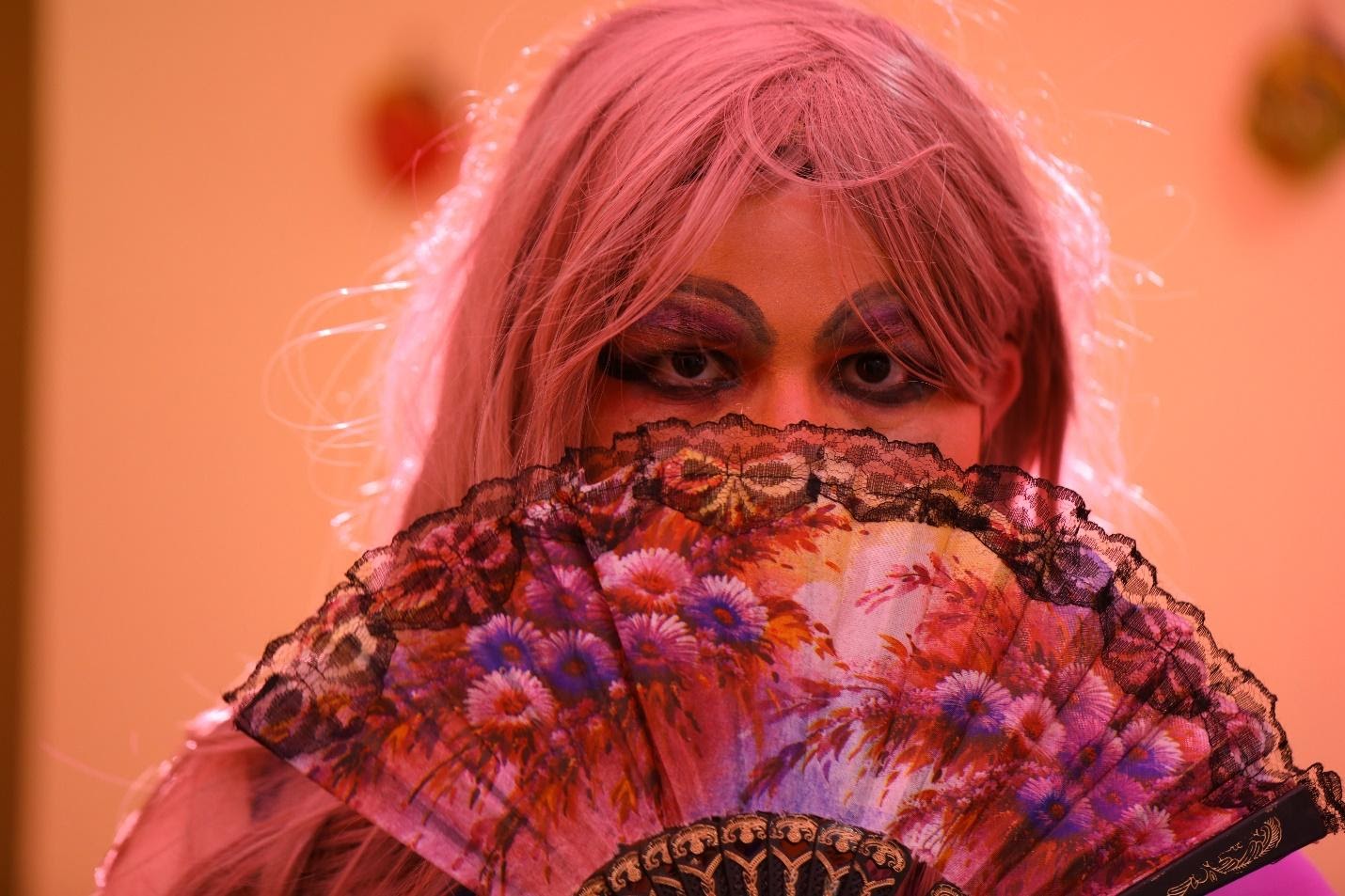
Khandita (“one enraged with their lover”) is an enraged femininity, whose lover had promised to spend the night with them, but instead comes to their house next morning after spending the night with another woman. They are depicted offended, rebuking their lover for his infidelity. They are glamorous as they is untouched, but feels pity on the lover who chose another instead of them. They are sassy and read to read his lover to filth. Their rage filled eyes tell all the pain they was put through surviving the earlier night. They are uppity and doesn’t spare a word of his lover and fans him out.
Vipralabdha
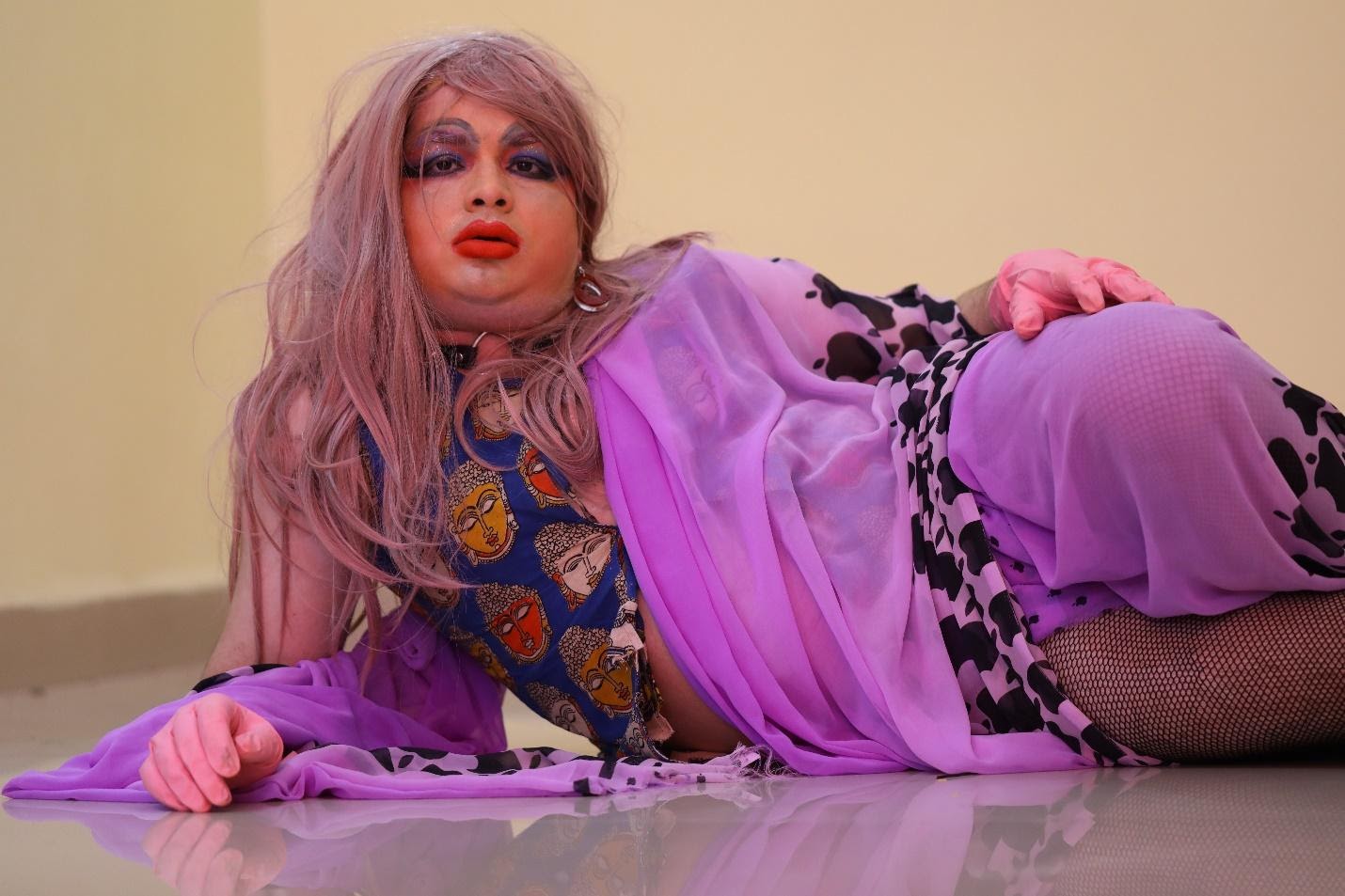
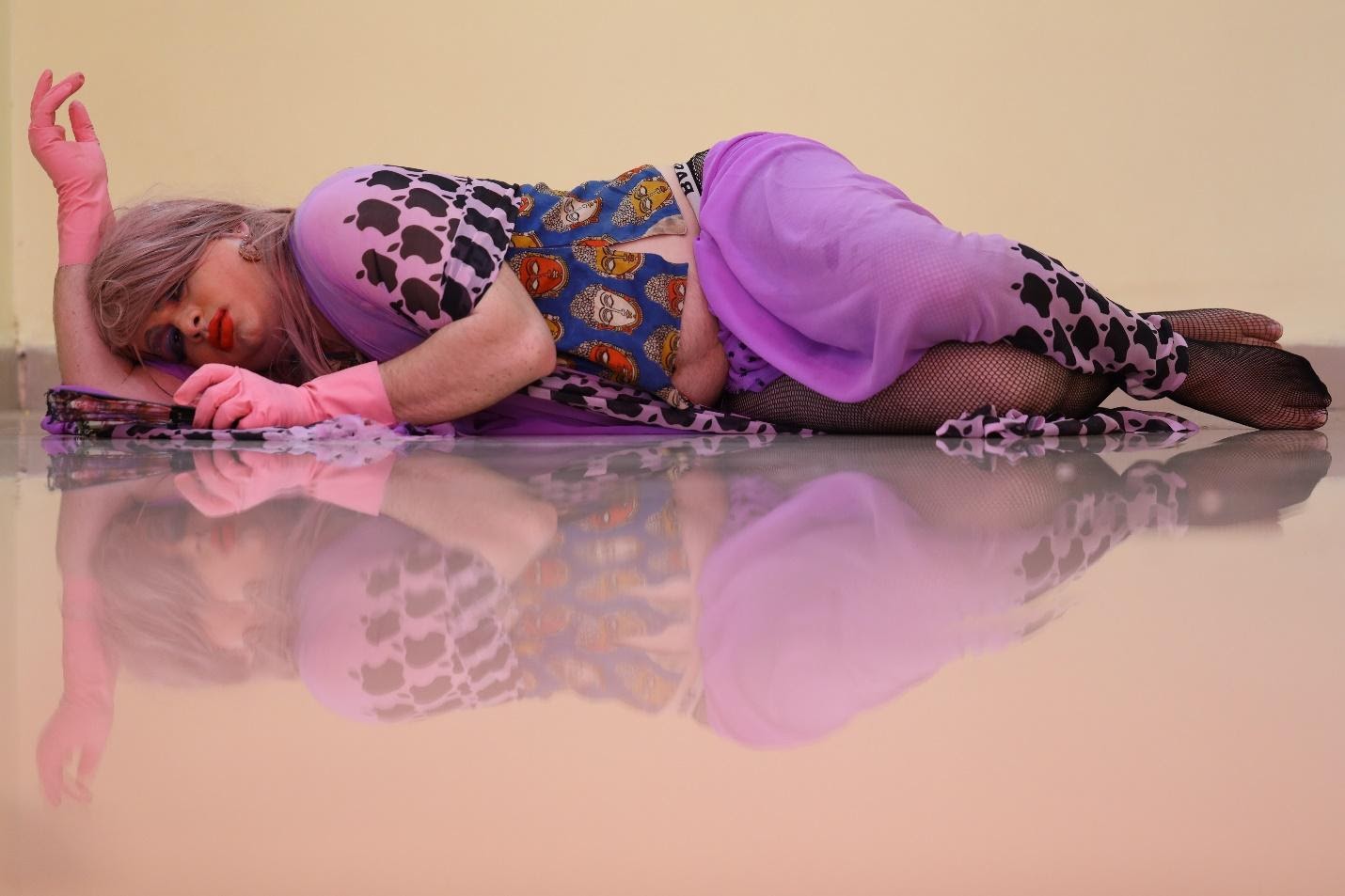
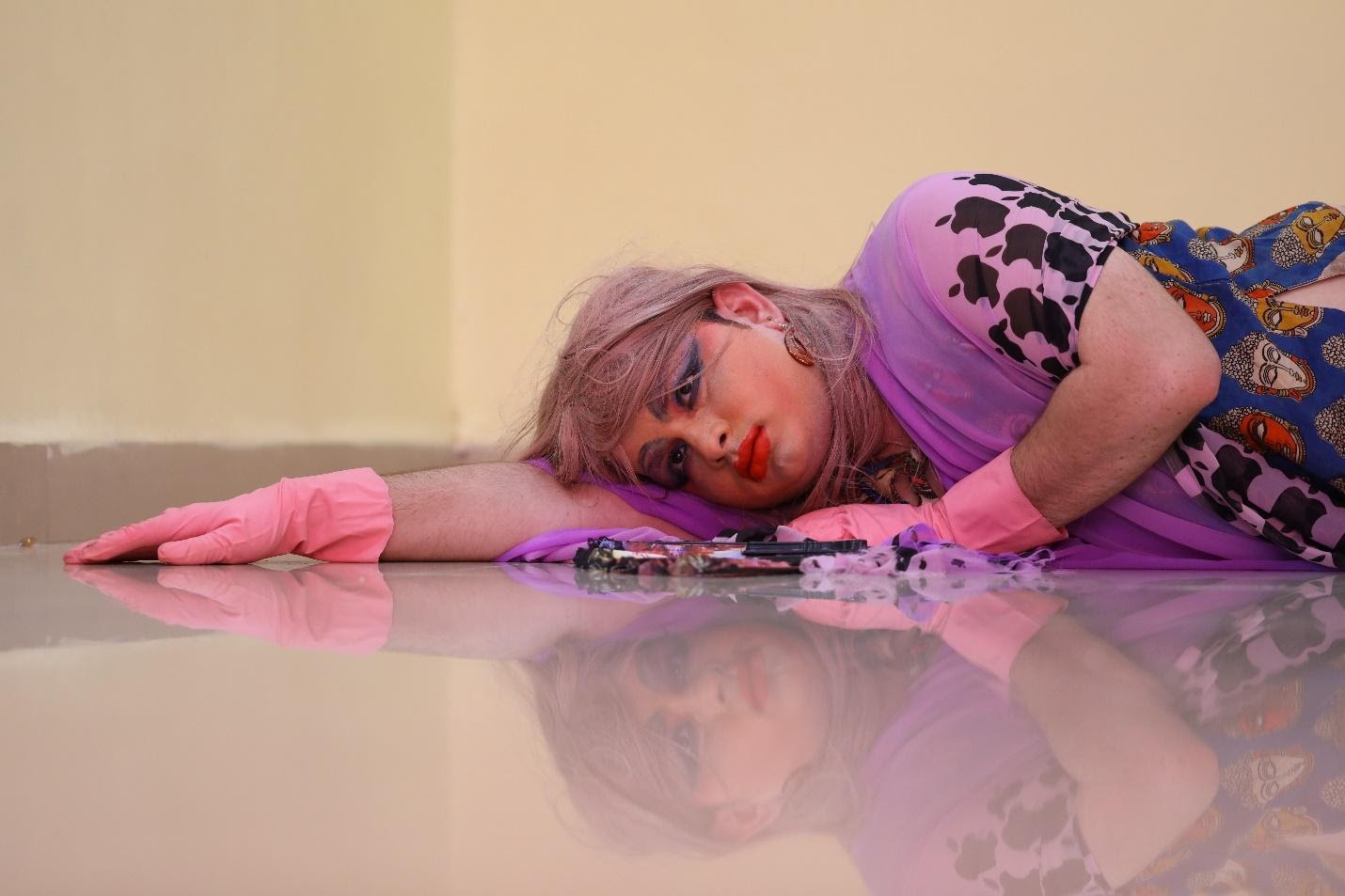
Vipralabdha (“one deceived by their lover”) is a deceived femininity, who waited for their lover the whole night. They are throwing away their self on the floor to pain and void as their lover did not keep his promise. Their body coils up as they is left to feel the coldness of their sexuality. They are deceived and wets in pain of their own self.
Virahotkanthita
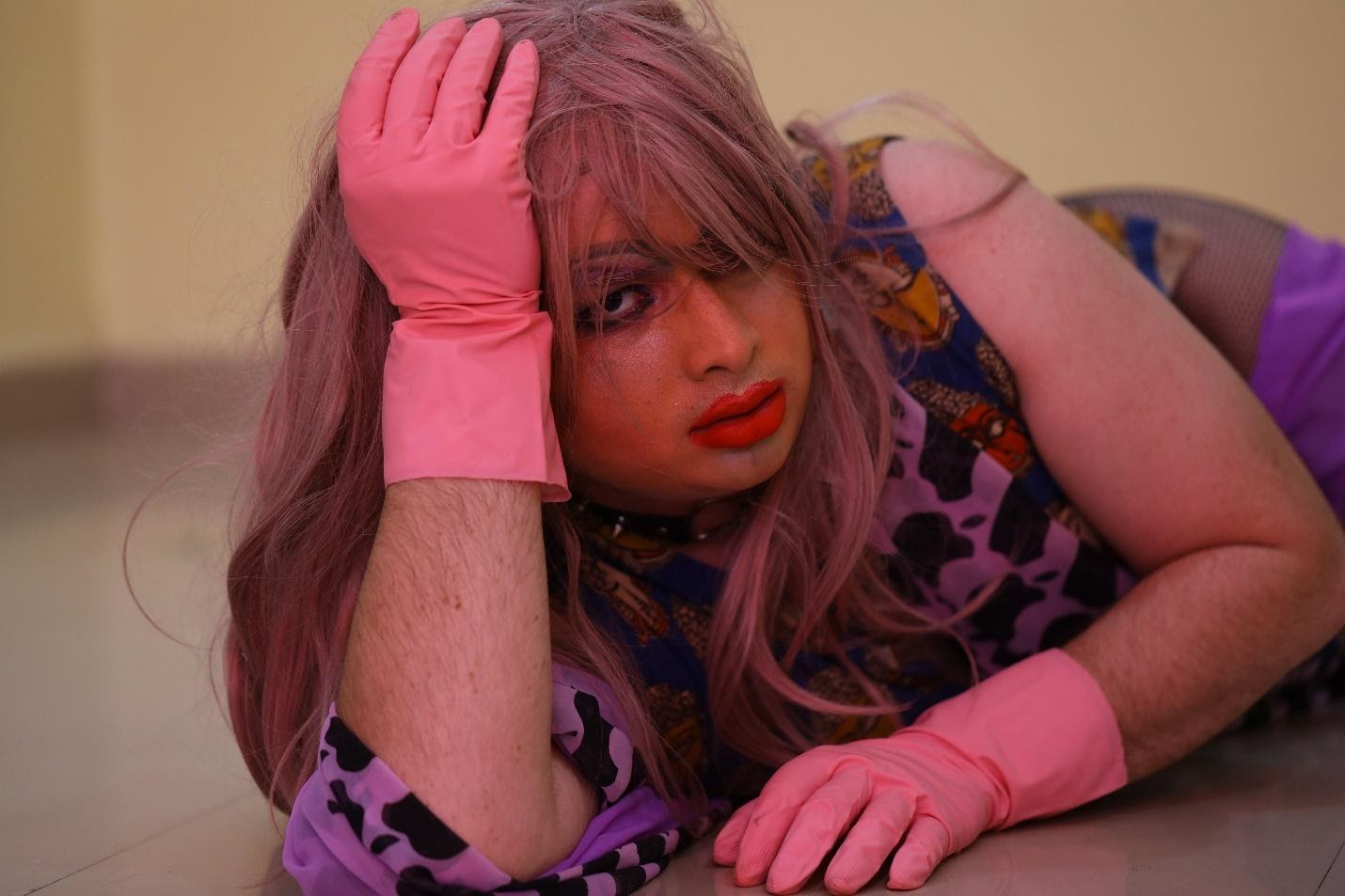
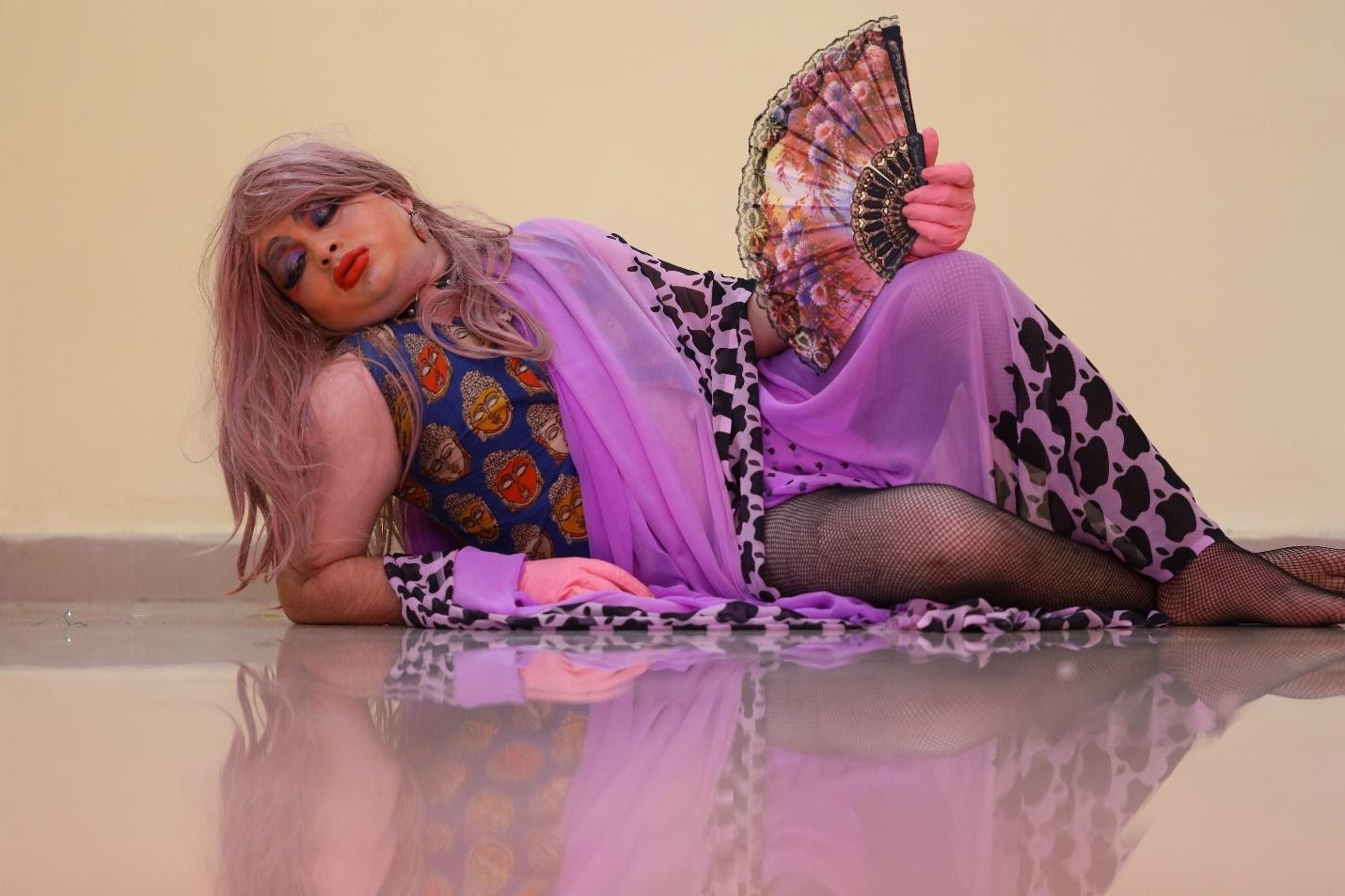
Virahotkanthita (“one distressed by separation”) is the distressed femininity pining for their lover, who, due to his preoccupation, fails to return home. They are dazzled and bored to wait for their lover, by blowing up their makeup and prepares to water down as sweat. Their fire gets cold as they pins themself into the ground to tone it down with the coldness of the surface. Their cheeks leave imprints of the sorrow and loathing they fringed to have with their partner.
Vasakasajja
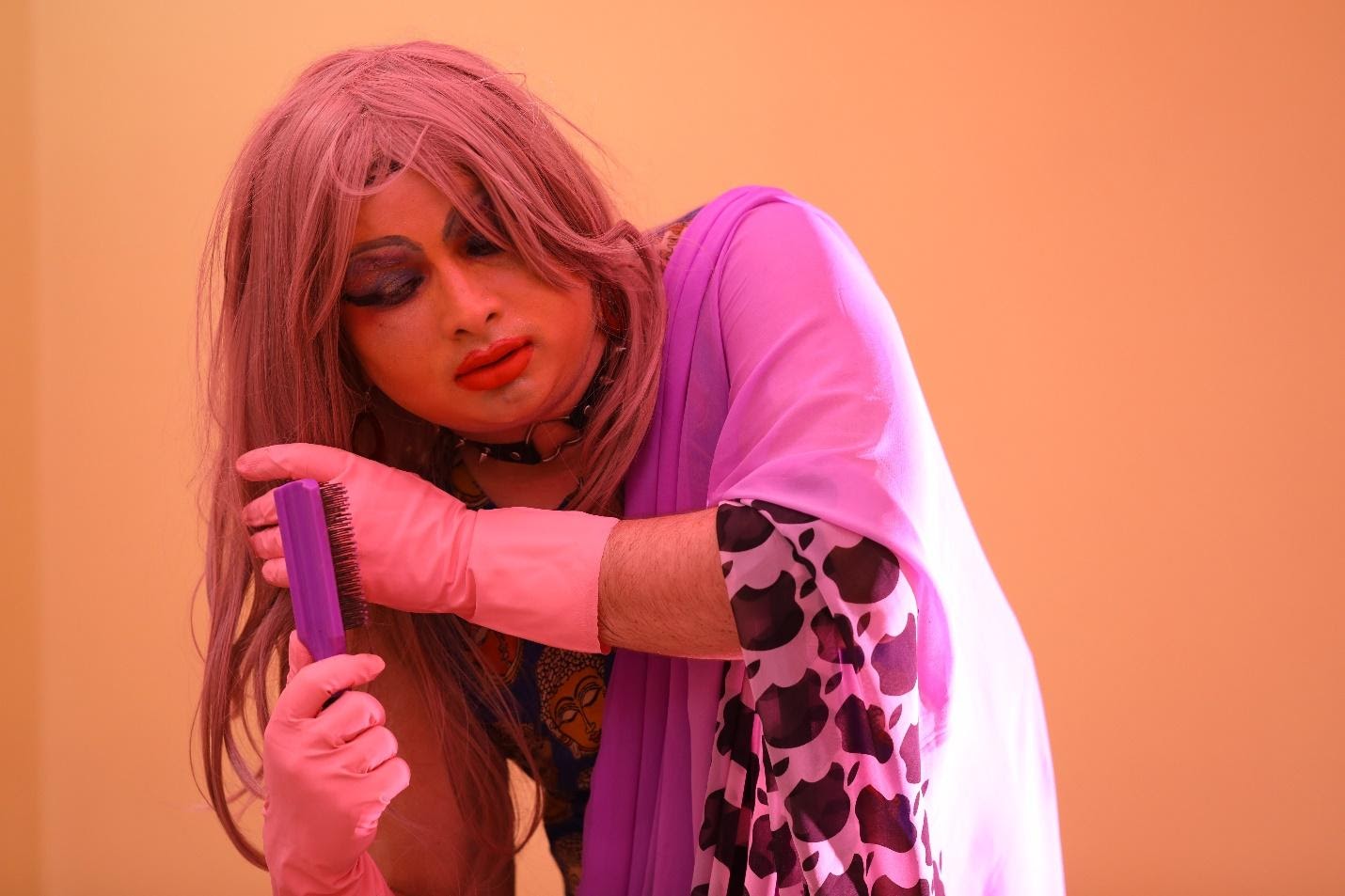
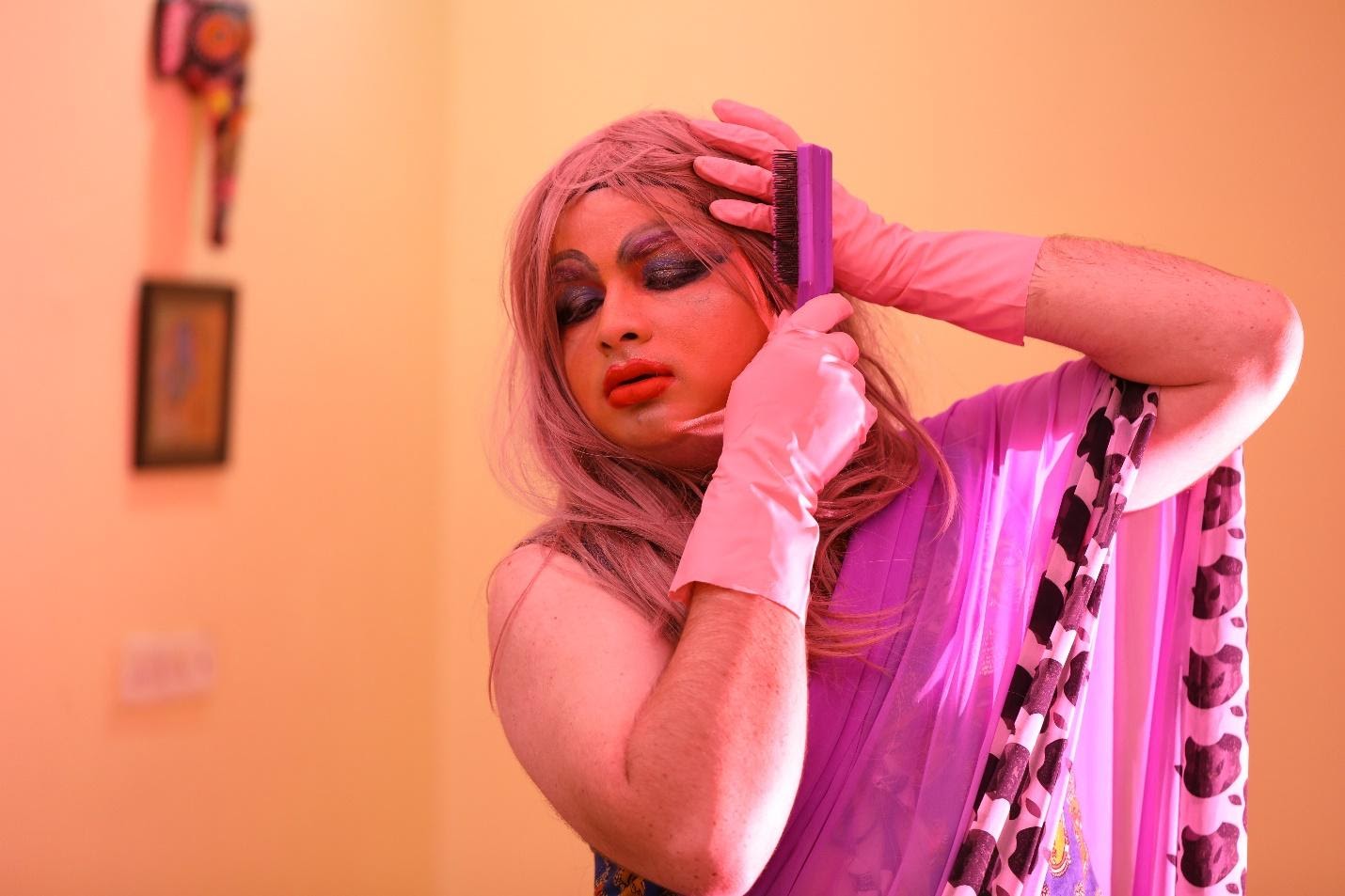
Vasakasajja (“one dressed up for union”) or vasakasajjika is waiting for their lover returning from a long journey. They are dressing their self for the union with their lover and “eager with expectation of love’s pleasure”. They are ready to surprise their lover with kink and beauty. They dress up their hair, tightens their stockings and keeps their self-ready to impress and charm the lover.
Swadhinbhartruka
Swadhin Bhartruka or Swadhin Patika is the nayika who is loved by their beloved and they tries controlling him. Their admirer is subjected and enthralled by their goodness and character. They prevail his richness and enthral the wealth, command dominance both in and out of bed. They are the domnatix, the dominant and one who kicks the strata of an Alphaness.
Proshitabhartruka
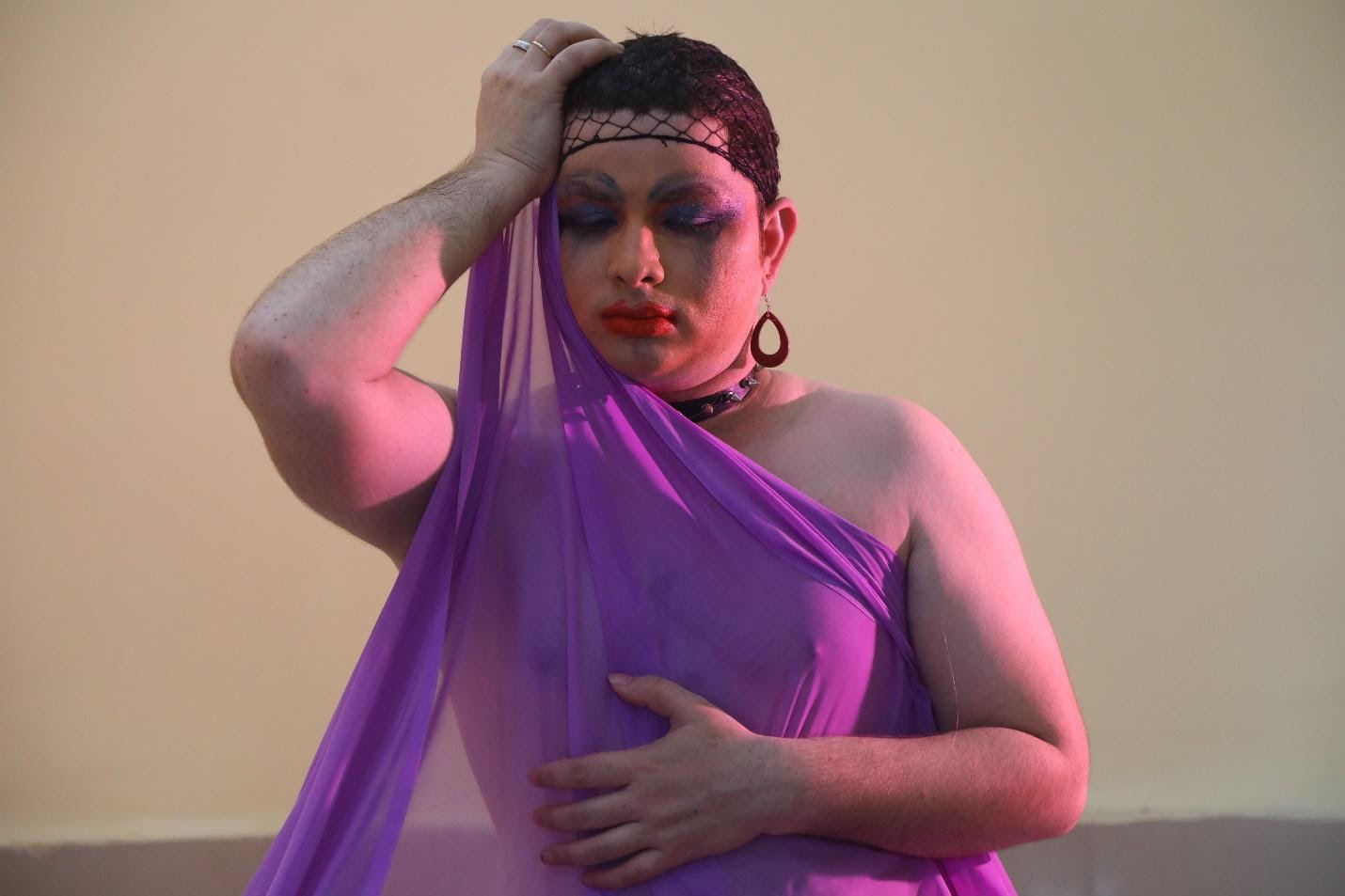
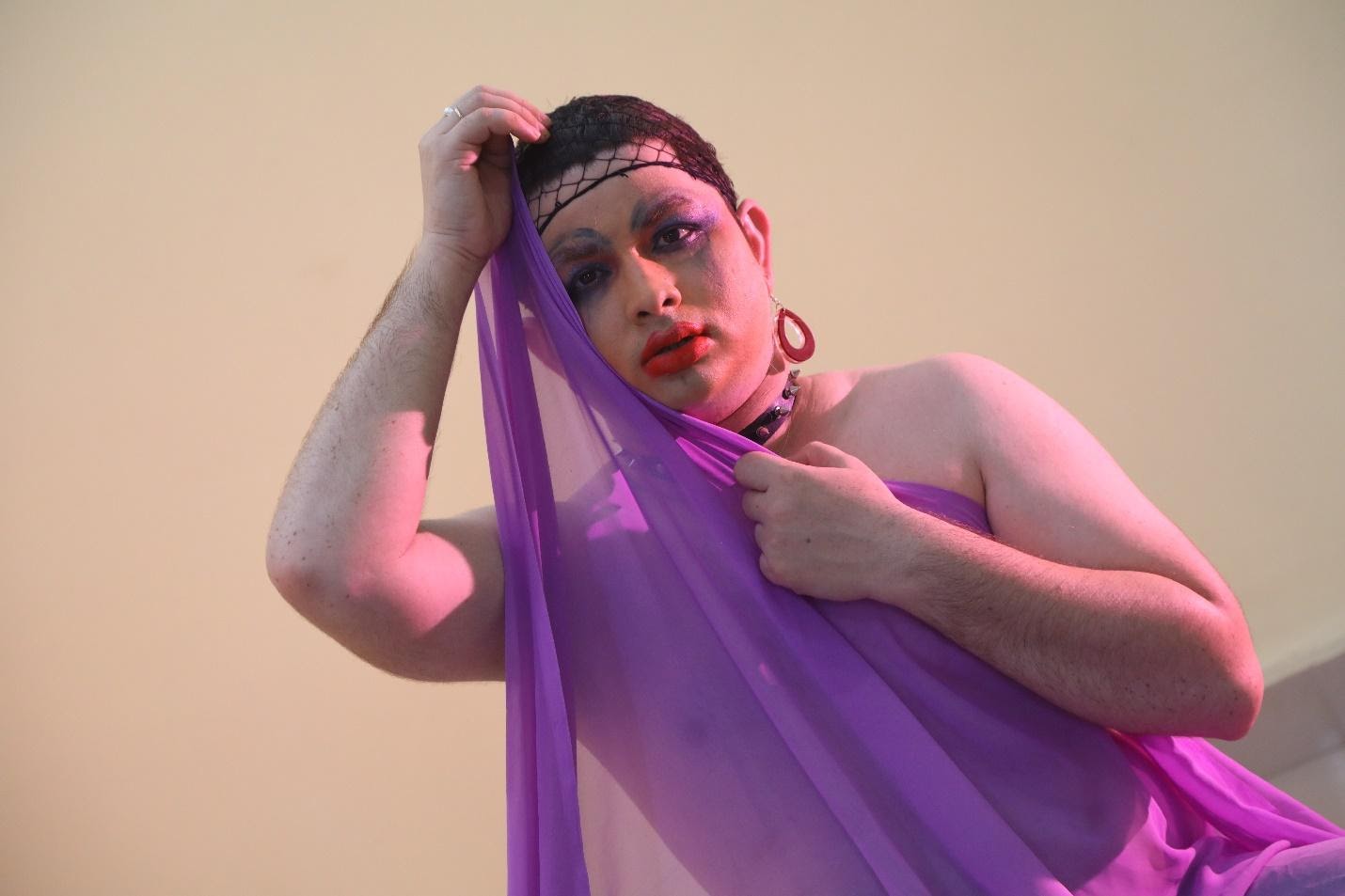
Proshitabhartruka (“one with a sojourning husband”) is the person whose partner has gone away from them and does not return at all. They are depicted seated mourning the loneliness the partner has left her under, tearing apart her true self to the mirror of reflection. The artificiality is gone, and they feel to be real, surrounded by them thoughts and memories of dream they weaved with a wrong person, but refusing to be consoled. They are unhiding herself, depleting the covers one by one and feeling their own skin.
These imageries definity helped me relook into the larger aspect of seeing femineity as an access to all gender and sexuality and reinstate the thought that its not always women or femineity which needs to be seen something as submissive or seeking. It was a high time to rethink and reflect the art with progressive thinking and this project enabled me to tap into the same.



